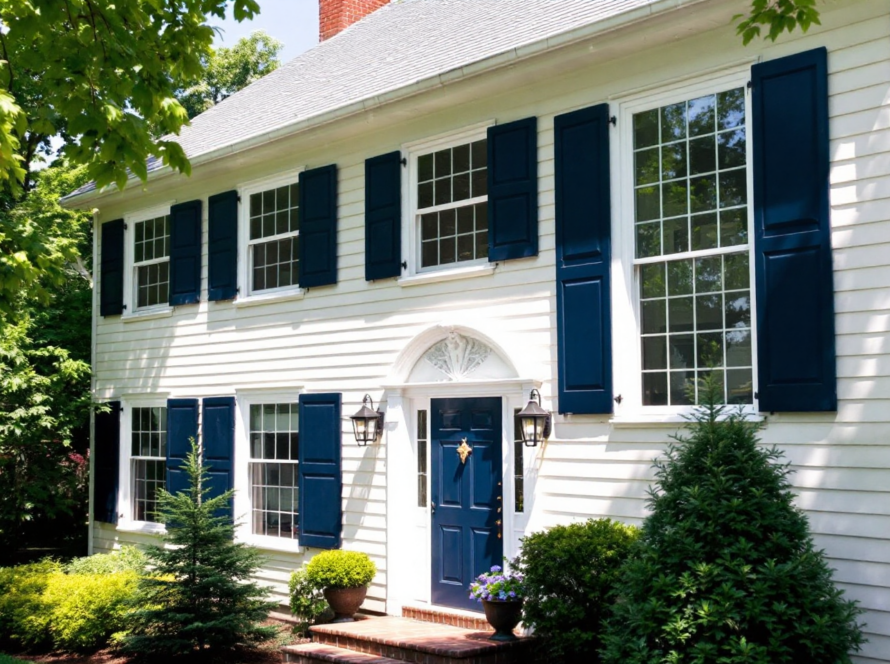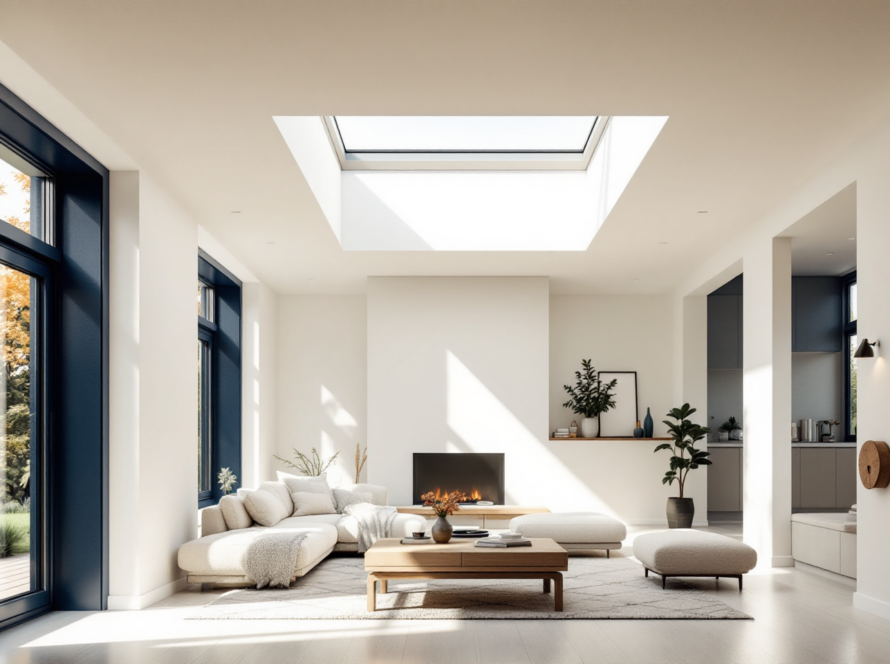Window frames are the backbone of your windows—both literally and stylistically. The right frame can enhance your home’s curb appeal, improve energy efficiency, and complement your overall design aesthetic. Whether you’re building a new home or replacing old windows, choosing the perfect window frames for your home design is a decision that balances style, durability, and functionality.
In this guide, we’ll walk you through the different materials, styles, and considerations to help you make the best choice for your windows and home.
TLDR – Quick Guide
- Material matters: Choose from wood, vinyl, aluminum, fiberglass, or composite based on durability, style, and budget.
- Match your home’s style: Select frames that align with your home’s architectural design.
- Energy efficiency: Look for frames with thermal breaks or insulation to lower energy bills.
- Maintenance needs: Wood requires upkeep, while vinyl and fiberglass offer low-maintenance options.
- Budget vs. longevity: Invest in durable materials for long-term savings, especially in extreme climates.
Detailed Breakdown
1. Types of Window Frame Materials
Each frame material has unique advantages and drawbacks. Here’s what you need to know:
Wood
- Pros: Timeless, natural look; excellent insulation.
- Cons: Requires regular maintenance (painting/staining); can be costly.
- Best for: Traditional or historic homes.
Vinyl
- Pros: Affordable, low-maintenance, good insulation.
- Cons: Limited color options; less durable than premium materials.
- Best for: Budget-friendly, modern, or suburban homes.
Aluminum
- Pros: Sleek, modern look; strong and lightweight.
- Cons: Poor insulation without thermal breaks; prone to condensation.
- Best for: Contemporary or industrial-style homes.
Fiberglass
- Pros: Durable, energy-efficient, low-maintenance.
- Cons: Higher upfront cost.
- Best for: Homes in extreme climates or seeking energy efficiency.
Composite
- Pros: Combines the best of wood and vinyl; durable, low-maintenance, and stylish.
- Cons: Expensive.
- Best for: High-end homes or long-term investments.
2. Matching Frames to Your Home Design
Your window frames should complement your home’s architecture:
Traditional Homes
- Go for wood or composite frames with detailed finishes.
- Match frame colors to trim or siding for a cohesive look.
Modern Homes
- Opt for aluminum or fiberglass frames with clean lines and neutral tones.
- Black or dark gray frames create a striking, contemporary vibe.
Farmhouse or Rustic Homes
- Wood frames with natural stains or white finishes enhance the cozy aesthetic.
- Composite frames mimic wood but require less upkeep.
3. Energy Efficiency Considerations
Choosing energy-efficient window frames can save you money and reduce your home’s carbon footprint:
- Look for thermal breaks in aluminum frames to reduce heat transfer.
- Select materials like fiberglass or vinyl for better insulation.
- Combine energy-efficient frames with double or triple-pane glass for maximum performance.
4. Maintenance and Longevity
Consider how much time and effort you’re willing to invest in window maintenance:
- Wood: Requires regular upkeep but lasts for decades with care.
- Vinyl: Low-maintenance but may fade or warp over time.
- Fiberglass: Extremely durable and resists warping, making it ideal for long-term use.
5. Balancing Budget and Style
While it’s tempting to focus solely on budget, investing in higher-quality frames often pays off in longevity and energy savings:
- If you’re on a tight budget, vinyl is a cost-effective choice.
- For extreme climates or premium designs, consider fiberglass or composite.
- Wood is worth the investment for homes where aesthetics are a top priority.
Key Takeaways
- Material selection: Choose the right frame material based on style, budget, and climate needs.
- Architectural fit: Ensure your window frames enhance your home’s overall design.
- Energy efficiency: Look for insulated materials to cut down on heating and cooling costs.
- Maintenance: Consider how much upkeep you’re willing to handle over time.
- Longevity: Quality materials like fiberglass and composite offer long-term durability.
Choosing the perfect window frames for your home design is about balancing form and function. With the right frames, your windows can become standout features that elevate your home’s beauty and efficiency.
FAQs
1. What’s the best window frame material for energy efficiency?
Fiberglass and vinyl frames are the most energy-efficient options due to their excellent insulation properties and low thermal conductivity.
2. How do I match window frames to my home’s design?
Consider your home’s architectural style. For example, wood frames work well in traditional homes, while aluminum or fiberglass suits modern designs. Choose colors and finishes that complement your exterior.
3. Are wood frames worth the maintenance?
Yes, if aesthetics and authenticity are your priorities. Wood frames offer timeless appeal and insulation, but they do require regular care to prevent damage from moisture or pests.
4. Can I mix and match window frame materials in my home?
Absolutely! Many homeowners use different frame materials for different rooms. For example, wood frames for the front-facing windows and low-maintenance vinyl for less visible areas.
5. What’s the lifespan of various window frame materials?
- Wood: 20–50 years with proper care.
- Vinyl: 15–30 years.
- Aluminum: 20–30 years.
- Fiberglass: 30–50 years.
- Composite: 40+ years.


